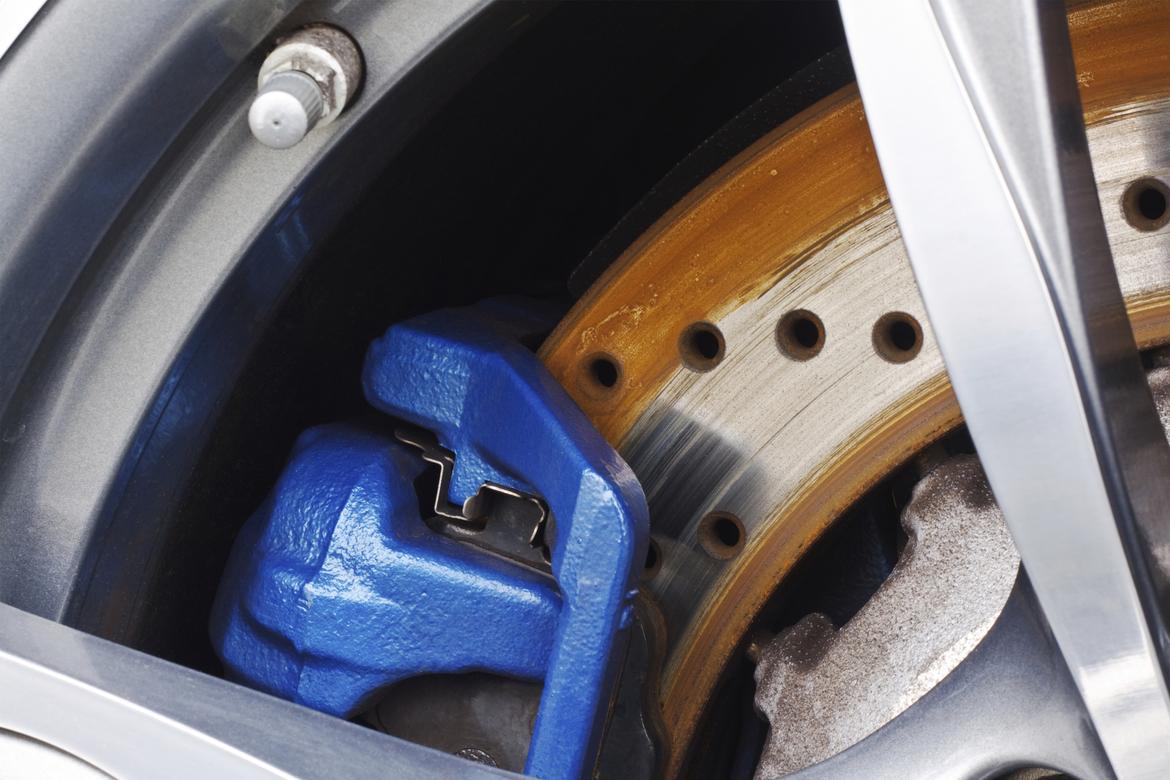Brake vibration, or what some refer to as a shudder or pulsation, often is the result of parts of the rotor being thinner than others instead of uniform all around. As the brakes are applied, the pads will be pressed against high and low spots that the driver feels through the pedal. Rust and dirt also can build up on a rotor and cause minor pulsations.

A rotor’s thickness needs to vary by only a few thousandths of an inch for the driver to feel it. In more serious cases, the whole car can shake when the driver hits the brakes.
One cause of distorted rotors is that the brake pads, the friction material that gets pressed against the rotors, aren’t being fully released when you remove your foot from the pedal. If the pads “drag” on the rotors too long, the rotor and/or the pads can become damaged.
In some cases, rotors can be resurfaced (machined) on a brake lathe to create a smooth, even finish, provided there is enough thickness left in the rotor. Resurfacing rotors to make them smooth requires scraping off the top layer of metal. If too much of the rotor thickness already has been used up, then the rotor should be replaced.
Some vehicles still have rear drum brakes in which brake shoes (essentially curved brake pads) are pressed outward against the walls of the drum. The drums also can wear unevenly and cause vibrations that might be solved by machining the braking surface.

